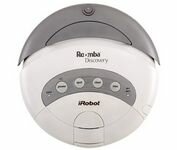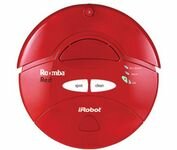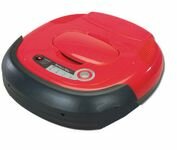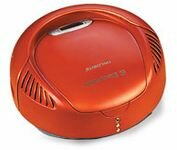There are those of us who clean once a week, and there are those of us who clean when the in-laws come to visit. The appeal of the robotic vacuum reaches both camps: Either way, the house is a bit more spotless with minimal human input.
Today's robotic vacuums are a far cry from the first models that you had to track down, stranded somewhere in your house, by their melancholy, "I'm out of power" beeping. The latest products clean your house, remember the layout to increase efficiency, dump their own dirt in a receptacle and find their way back to the charging station so they can rejuice.








Most manufacturers will tell you that a robotic vacuum is meant to supplement a standard, human-pushed vacuum cleaner, not replace it. They're meant to perform daily or weekly touch-ups to keep your home cleaner in between regular vacuuming cycles. Still, if you're someone who never vacuums in the first place, a little robotic helper can certainly get your floor cleaner than it is right now, and you hardly have to lift a finger.
By far the most popular robotic vacuum in the United States is iRobot's Roomba, which comes in various models ranging from the base-model Roomba Red to the super high-tech Roomba Scheduler. HowStuffWorks has a Roomba Red ($150 MSRP) that we're going to try out and dissect for this article. Let's start by checking out what's under the hood.